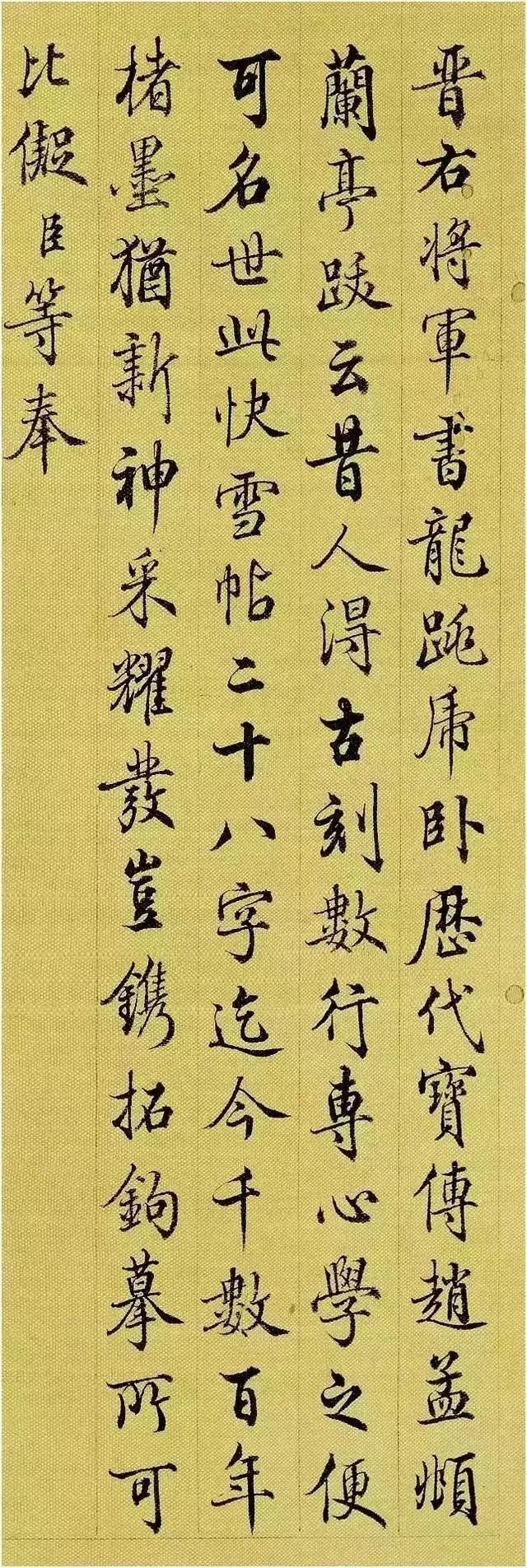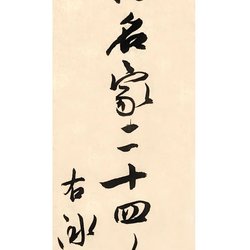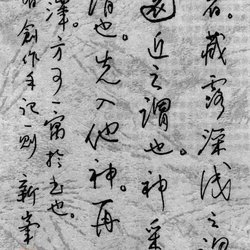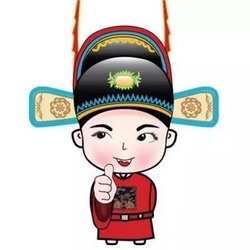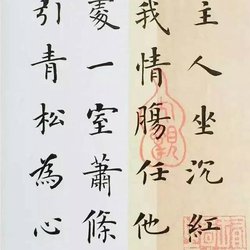Yao Mengqi, whose courtesy name was Fengsheng and whose first name was Fengsheng, was Gongsheng in Wuxian County (Suzhou, Jiangsu Province). According to the title of the book, Ouyang Xun, the author of Zongshu, tasted the Liquan inscription in Jiucheng Palace. But in terms of the time before posting, Yao Mengqi was ranked second and did not dare to be ranked first!
Yao Mengqi did not only write in Ou Kai. According to records, he was good at poetry, calligraphy, painting and sealing. He learned Ouyang Xun in regular calligraphy, Chen Hongshou in official calligraphy, painted like Jin Nong, and also handled seals. He was a comprehensive all-rounder.
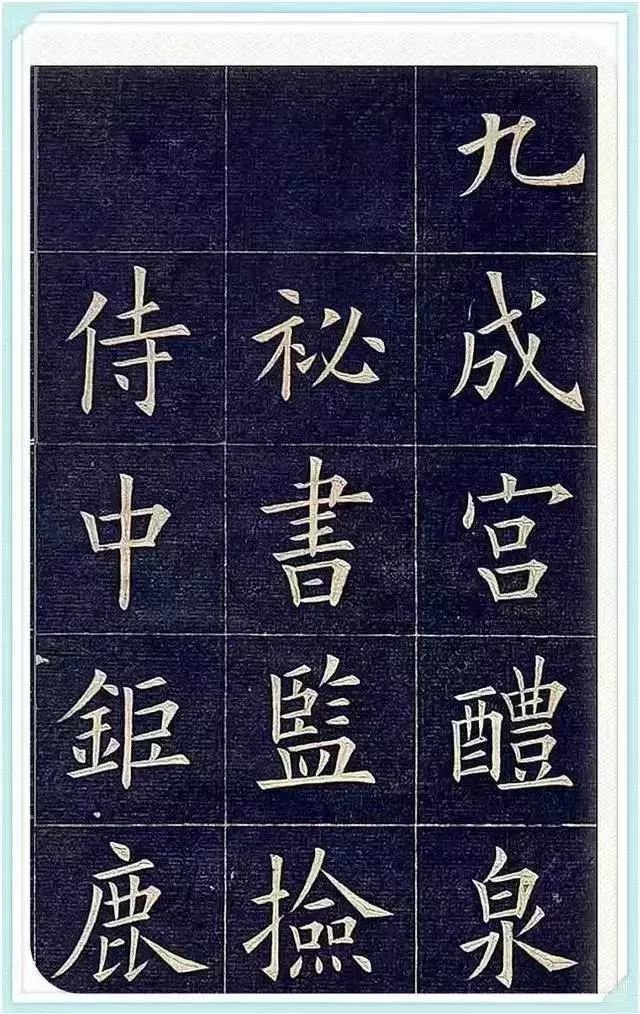
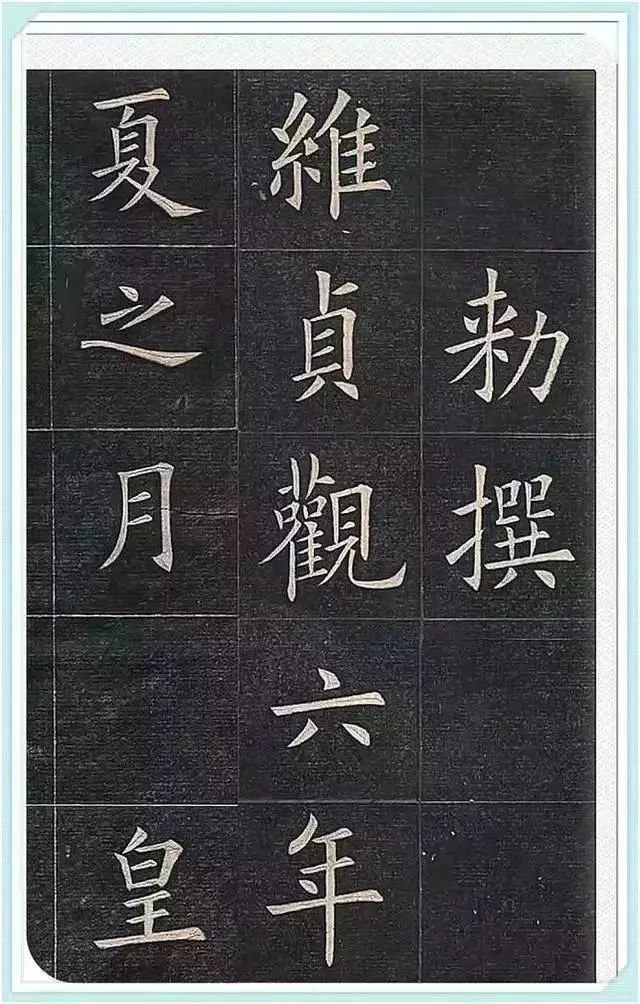
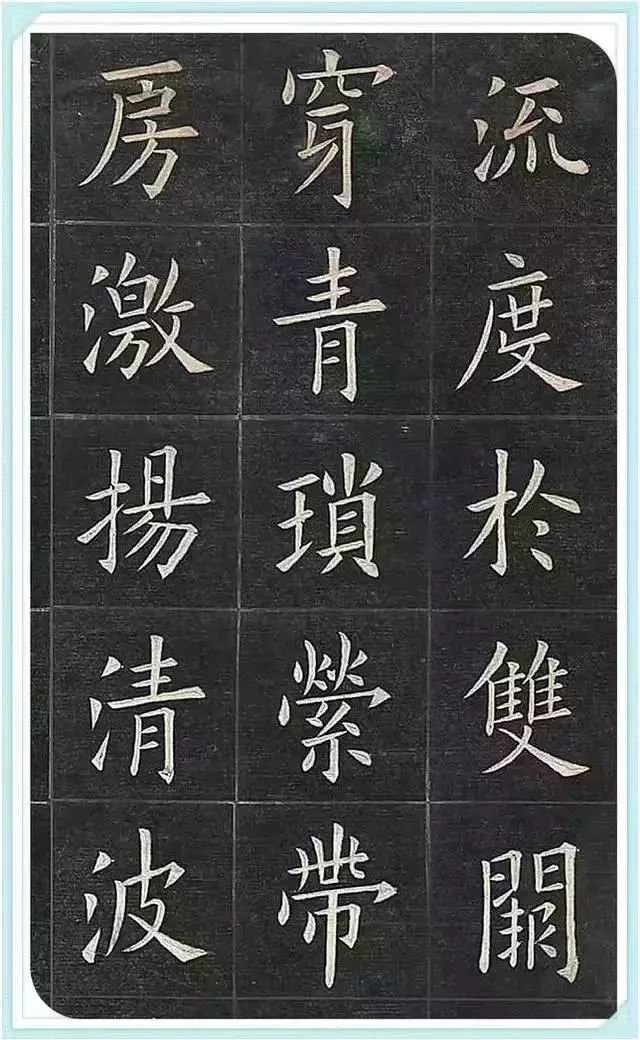
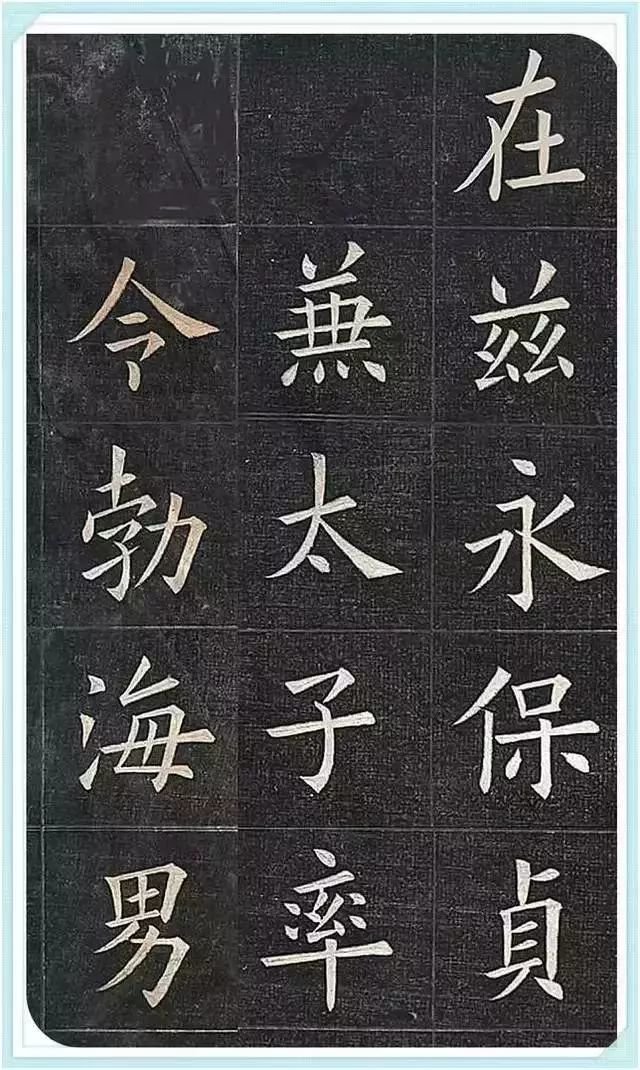
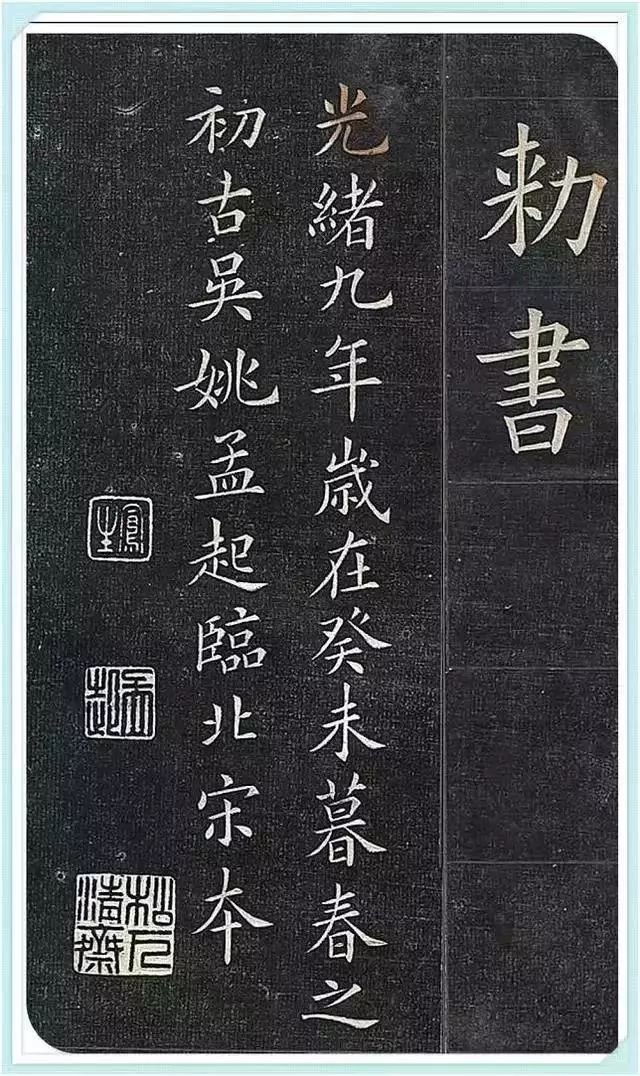
Liang Shizheng (1697-1763), whose courtesy name was Yangzhong, also known as Xianglin and Wenlianzi, was a native of Qiantang (now Hangzhou, Zhejiang). In the eighth year of Emperor Yongzheng's reign, he became a bachelor in Dongge University and was given the posthumous title of Wenzhuang. Liu Gongquan studied calligraphy at first, then studied calligraphy with Zhao Mengfu and Wen Zhengming, and later studied calligraphy with Yan Zhenqing and Li Yong. Author of "Yayin Collection".
Wang Chang of the Qing Dynasty commented on Liang Shizheng's calligraphy in "Chunrongtang Ji": "The public often said that he would go to the upper study to write the big calligraphy for Emperor Gaozong. When Emperor Xian arrived, all the ministers stood up and wrote the calligraphy according to Emperor Xian's order. , the ink stained his sleeve, and he ordered Gaozong to pull it.
